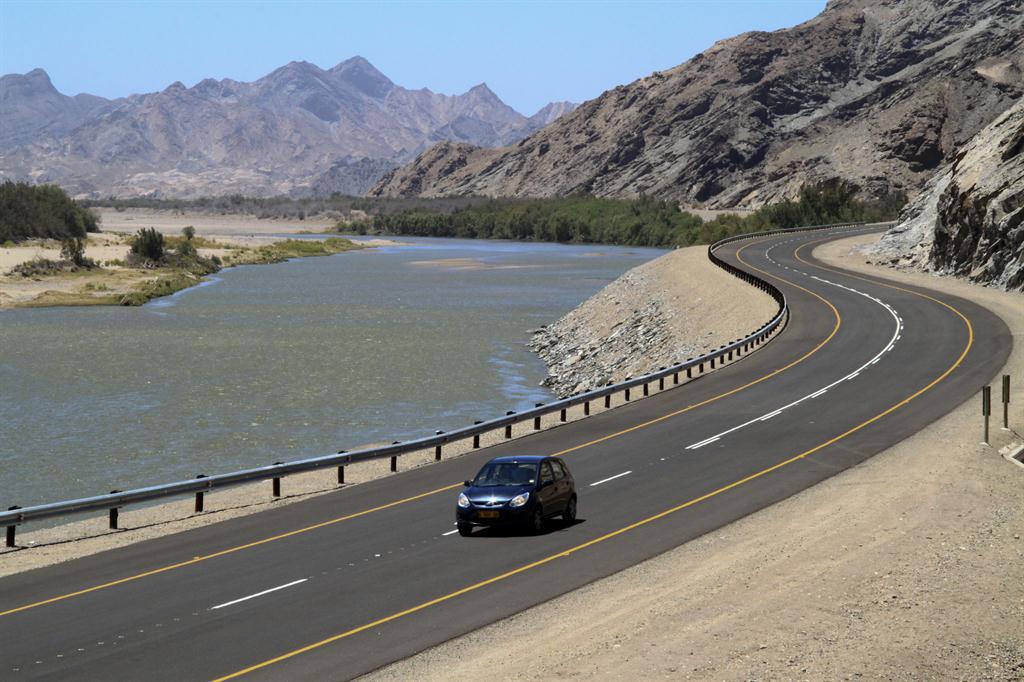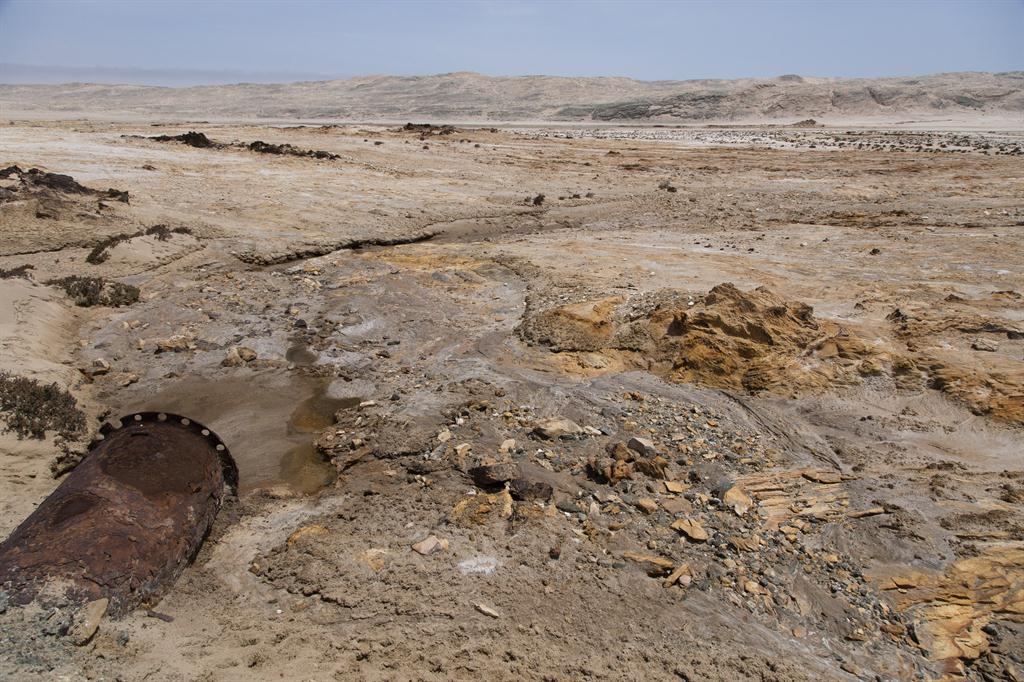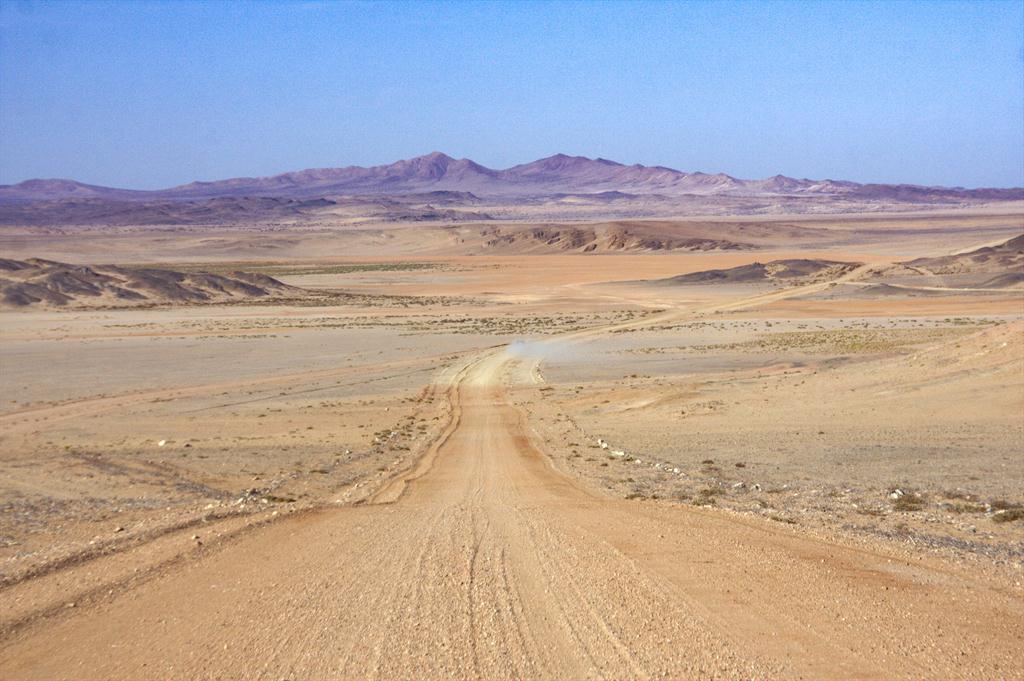Park without public Access
Frank Steffen
Driving from Keetmanshoop to Oranjemund in south-western Namibia - as you approach the Orange River that marks the southern border between Namibia and South Africa - you will find the Tsau //Khaeb (Sperrgebiet) National Park on your right. This is essentially the area formerly restricted for diamond mining (Sperrgebiet in the German language). It extends northwards to the road leading from Aus to Lüderitz, which in turn is the southern border of the Namib Naukluft Park.
The first diamonds were found along the railway line that was built here in 1908, leading to the diamond rush, which in turn saw the mining industry devastating this ecologically sensitive part of the Namib Desert. Allowing only restricted access to the complete area at least benefitted that part of nature not affected by mining.
Today we find that the Ministry of Environment, Forestry and Tourism in coordination with the Ministry of Mines & Energy allows for limited access to this new park. There is a wealth of natural wonders to fascinate visitors and so much history to learn from. Unfortunately and contrary to early plans announced at the official opening of the park in 2019 - it was declared as a park in 2008 -, the MEFT has only issued as single and limited concession licence for tours to the ghost towns and the Rock Arch (Bogenfels). To thus plan a tour to drive up the Namib Desert from the mouth of the Orange River to the mouth of the Kunene Rivers, is not possible.
Stories of white miners sending their black workers into the desert, when the moon was full and other local legends abound. The labour force would apparently crawl on their knees to look out for glistening diamonds - thus the name “Märchental” given to a valley were diamonds sparkled and were thus easily found. What remains today are the deserted ghost towns (excuse the pun) of Kolmanskop, Elisabeth Bay and Pomona.
That does not distract from the fact that the Tsau //Khaeb (Sperrgebiet) National Park is part of the Karoo Succulent Ecosystem, which has the highest diversity of succulent flora globally. Some 1050 plant species are known to occur in this park alone - nearly 25% of the entire flora of Namibia on less than 3% of the country’s surface area. The “Succulent Karoo” is listed as one of the world’s top 34 “biodiversity hotspots”.
Driving from Keetmanshoop to Oranjemund in south-western Namibia - as you approach the Orange River that marks the southern border between Namibia and South Africa - you will find the Tsau //Khaeb (Sperrgebiet) National Park on your right. This is essentially the area formerly restricted for diamond mining (Sperrgebiet in the German language). It extends northwards to the road leading from Aus to Lüderitz, which in turn is the southern border of the Namib Naukluft Park.
The first diamonds were found along the railway line that was built here in 1908, leading to the diamond rush, which in turn saw the mining industry devastating this ecologically sensitive part of the Namib Desert. Allowing only restricted access to the complete area at least benefitted that part of nature not affected by mining.
Today we find that the Ministry of Environment, Forestry and Tourism in coordination with the Ministry of Mines & Energy allows for limited access to this new park. There is a wealth of natural wonders to fascinate visitors and so much history to learn from. Unfortunately and contrary to early plans announced at the official opening of the park in 2019 - it was declared as a park in 2008 -, the MEFT has only issued as single and limited concession licence for tours to the ghost towns and the Rock Arch (Bogenfels). To thus plan a tour to drive up the Namib Desert from the mouth of the Orange River to the mouth of the Kunene Rivers, is not possible.
Stories of white miners sending their black workers into the desert, when the moon was full and other local legends abound. The labour force would apparently crawl on their knees to look out for glistening diamonds - thus the name “Märchental” given to a valley were diamonds sparkled and were thus easily found. What remains today are the deserted ghost towns (excuse the pun) of Kolmanskop, Elisabeth Bay and Pomona.
That does not distract from the fact that the Tsau //Khaeb (Sperrgebiet) National Park is part of the Karoo Succulent Ecosystem, which has the highest diversity of succulent flora globally. Some 1050 plant species are known to occur in this park alone - nearly 25% of the entire flora of Namibia on less than 3% of the country’s surface area. The “Succulent Karoo” is listed as one of the world’s top 34 “biodiversity hotspots”.










Kommentar
Allgemeine Zeitung
Zu diesem Artikel wurden keine Kommentare hinterlassen